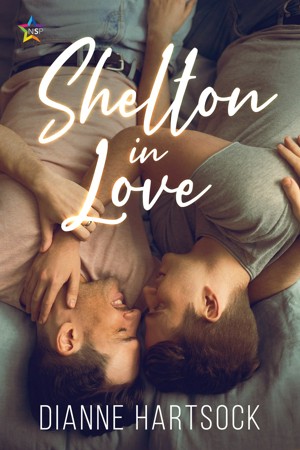 Alex- tempo of a paragraph
Alex- tempo of a paragraph
[1]Alex dragged himself warily out of bed the next morning. [2]He hadn’t slept well and didn’t feel rested in the least. [3]He nearly fell asleep under the shower and again while eating his toast. [4]He was groggy at work and couldn’t focus on what he was doing. [5]But to his relief, his energy picked up a little after lunch. [6]He sat on the floor in the back room and slit open a box of new books, breathing deeply of their freshly printed scent. [7]The girls he worked with laughed at him when he did that, but he didn’t care. [8]There was something satisfying with filling the empty spaces on the bookshelves, making sure they were in order, and straightening the crooked ones. [9]He smiled. [10] He felt safe in the store with its walls of non-threatening books and familiar routine.
[1] The first sentence of the chapter sets the tempo (think of melody). Everything hinges on this one sentence. If it changes later in the chapter, it’s because the sentences in between have brought it to that point. (Like a song going from chorus to refrain). This sentence has very little emotion to it but it still sets the melody—the cadence of the wording.
[2] The cadence is continuous from the previous sentence. There is no pause for a breath in reading it until the end.
[3] This sentence’s cadence almost mirrors the last one, giving it an almost poetic tone.
[4] Again, the same cadence/tempo. Without looking for rhyming words, we have created a poem structure.
[5] There is a change in tempo here, but it’s a smooth transition. The transition, in this case, was done with the word “But”. When you think of it, “but” is a powerful word. Imagine how it’s used in conversation. “You may have this cookie BUT there’s a catch.” The word “but” is an eye-opener.
[6] We almost recapture the initial tempo sequence, with a brief quiet aside note. This is nicely done. It ties the beginning of the paragraph to the end. It also quiets the impact of the word “but”. Almost like someone saying “see, it wasn’t that bad.”
[7] Here is a slightly different cadence from the overall paragraph, but the change isn’t bad and it’s fluid. The alternative would have been, “The girls he worked with laughed at him, but he didn’t care.” That would be too clipped of a sentence between the two bracketing sentences. Adding “when he did that” provided just enough cadence to make it flow well with the rest of the paragraph.
[8] This is a longer sentence (a longer cadence), but it makes up for the quick one of the previous sentence. Yet it doesn’t leave the reader breathless if reading the paragraph out loud, because there are pauses with different clauses separated by commas.
[9] I like interjecting very short and impacting sentences in among long ones periodically. Not too much, because they look contrived then. But here it’s powerful because of the action. “He smiled.” Knowing Alex the way we do so far (I’m talking readers, not the writer), this is a rare event. Saying it just that way makes it a cherished thing.
[10] This sentence tidies up the paragraph and sets the tone for the next paragraph (which is dialogue). In this case, since you are trying to give the illusion of a man daydreaming, and the next thing is someone startling him out it, you used a long, dreamy tempo interrupted by a sharp attention-getter, “Alex!”
-May Bestall , ‘Wolf Pirate Publishing’


































